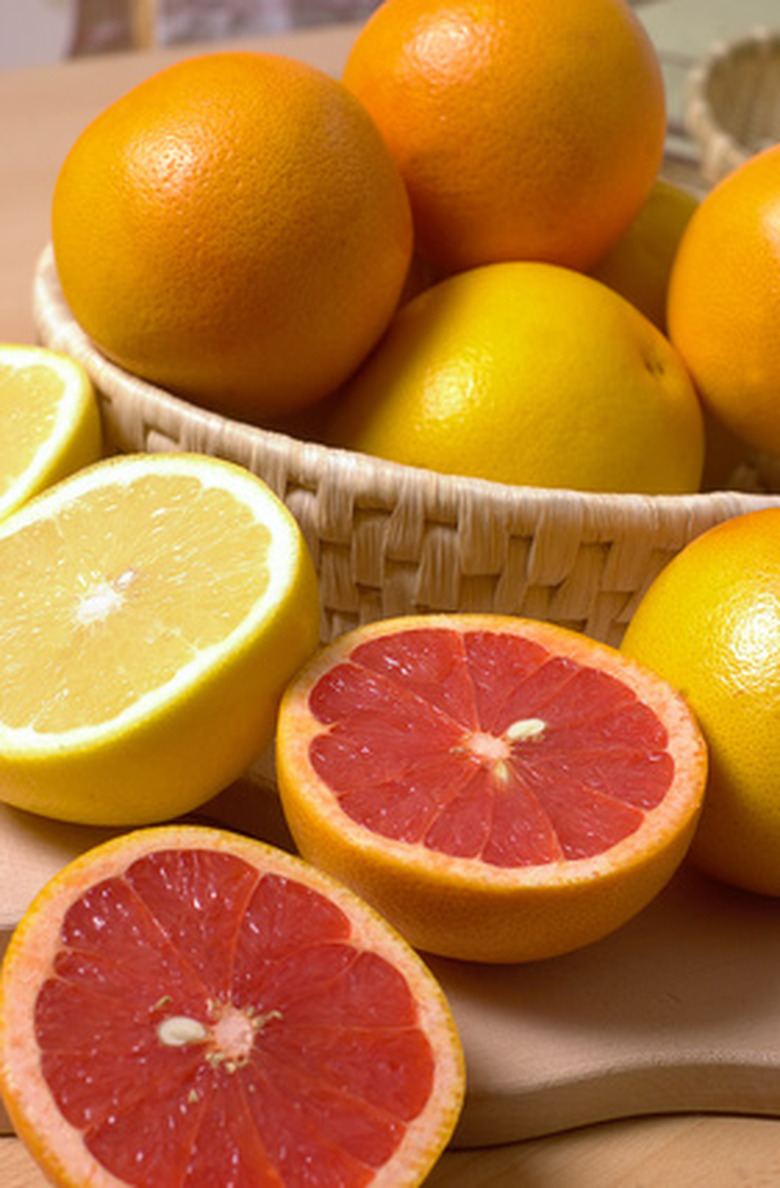Facts About The Page Orange Tree
The Page orange is not a true orange, but rather, a hybrid of two related citrus fruits. It is not a well-known fruit; reasons for this include the fact that it's a newer hybrid, and is generally not commercially viable. This fruit tree is grown mainly in Florida and found in small home orchards. If properly maintained, the Page orange tree can produce enough fruit for a family throughout the winter season.
The Fruit
Page oranges are dark orange and full of juice. The skin is leathery and easy to peel. The texture can vary from rough and grainy to smooth, depending on climate and maintenance. This fruit ripens early and can be found from October through early February. The fruit reaches a diameter of 2 3/4 inches with a length of 2 1/2 inches, and features eight to 12 segments.
- The Page orange is not a true orange, but rather, a hybrid of two related citrus fruits.
The Tree
Page orange trees are a hardy tree with almost thornless branches. These branches are upright and often bend from the weight of excess fruit produced on them. The leaves are dark green, generally reaching lengths of 4 1/2 inches and widths of 2 1/2 inches.
Origin
Page oranges are a hybrid of two fruits related to the orange–Minneola tangelos and Clementine mandarin tangerines–which were mated to form the Page orange. Minneola tangelos are a hybrid of grapefruit and tangerine. This makes Page oranges one part grapefruit and three parts tangerine.
History
This fruit was first developed in Orlando, Florida in the early 1940s. It was introduced to market in 1963 by the US Department of Agriculture. The reasoning behind developing the Page was to create an early season option for the market. Problems with entire crops being undersized for commercial markets and some trees failing to produce under optimal conditions, however, caused this variety to be deemed a commercial failure. Even with these problems, the fruit has become a favorite for home gardens where commercial grades-fruits-vegetables.html'>grade fruit is not a requirement.
- Page orange trees are a hardy tree with almost thornless branches.
- Even with these problems, the fruit has become a favorite for home gardens where commercial grade fruit is not a requirement.
Health Issues
These trees are susceptible to citrus scab. This fungus causes a scab or wart growth over leaves and fruit. Treatment for citrus scab includes application of fungicides during the appropriate times of the season. The Page orange tree can also be damaged by overbearing of fruit, causing branches to bend and break. The best option for overbearing trees is early picking of fruit, to avoid excess stress on limbs.
